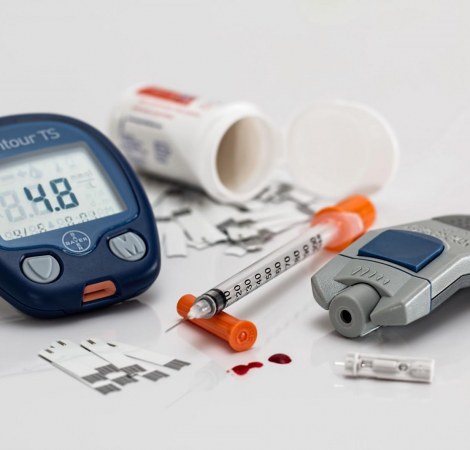Vietnam’s economy is encountering rapid development over the years. Economic growth, demographic transformation, habit changes, and increased income have propelled the healthcare demand throughout the entire country. A rise in private healthcare services has been particularly noticeable as Vietnam’s rising middle class looks for shorter lines, cutting edge technology and better trained doctors.
Find Out About Cekindo’s Medical Device Registration Services in Vietnam
According to the U.S Trade commission Vietnam’s healthcare spending is expected to from from a rate of %16.1 billion in 2017 to $22.7 billion in 2021. It’s also shown that about $2 billion is spent by Vietnamese per year to travel abroad to receive better medical treatment. This data proves that Vietnam is ripe for Healthcare investment from abroad.
According to a market research conducted by the World Bank, it was forecast earlier that the healthcare sector in Vietnam would triple in just a decade between the years 2010 and 2020.
Furthermore, the Vietnamese healthcare market has outperformed its neighboring countries such as Indonesia, Malaysia, and Thailand. With Vietnam’s ease of import of medical and healthcare products, modernisation of medical practices, equipment and technologies as well as the increasing spending, enormous opportunities arise for foreigners to gain long-term profits in this sector.
If you are one of those who are ready to dive into this sector, this article provides you with some guidance – read on to learn about the most frequently asked questions related to medical device registration in Vietnam.
Related: Product Registration Case Study for Contact Lenses from Korea
Medical Device Registration in Vietnam: FAQ
In Vietnam, all medical devices are controlled by the Department of Medical Equipment and Health Works (DMEHW). DMEHW is part of the Ministry of Health (MOH).
In Vietnam, all medical devices are controlled by the Department of Medical Equipment and Health Works (DMEHW). DMEHW is part of the Ministry of Health (MOH)
Yes, they do. Registering all your medical devices in Vietnam is mandatory before they can be sold and distributed in the country. A license named marketing authorization (MA) license is also required before the sales
In Vietnam, all medical devices will need a license of marketing authorization (MA). Medical devices are regulated through risk-based classifications: Class A (the lowest risk), Class B (low risk), Class C (high risk), and Class D (the highest risk)
For Class A devices, their licenses are valid indefinitely; as for Class B, Class C and Class D devices, their licenses are valid for five years
Once the authority has determined a medical device as Class A, a declaration of applicable standards needs to be submitted to the local Department of Health. Upon approval, the local Department of Health will proceed with the receipt note issuance. Then, within 3 working days, the MOH will announce the details of the registered medical device online
Once a medical device is determined as Class B, Class C or Class D, the representative should submit an application for a free-sale registration number to the MOH. The MOH will issue a receipt note upon approval, and announce the details of the registered medical device online within 3 working days as well.
The required documents in English must all be translated into Vietnamese, which include the following: Application form, Classification table of registered device, Declaration of Class A application, Quality control standards certificate, Authorization letter by device’s owner, Conformity certificate, Eligibility certificate for warranty, Written instructions for device, Free sales certificate, and Device label
All documents for Class B-D devices must be translated to Vietnamese as well and include the following: Application form, Classification table of registered device, Catalog with device specifications, functions and technical, Information, Device description in brief, Summary of clinical testing data (Class C and Class D only), Inspection certificate (Class C and Class D only), Quality control standards certificate, Conformity certificate, Eligibility certificate for warranty, Written instructions for device, Free sales certificate, Device label
No, it is not
Yes, all approval in the country of origin, including CE Mark certificate and U.S. FDA approval, must all be submitted
How Cekindo Can Assist
Cekindo has a team of professional consultants that are ready to evaluate your medical device regulatory framework. We can also leverage our extensive global network for accurate analysis of Vietnam’s medical device market. Get in touch with us now.
